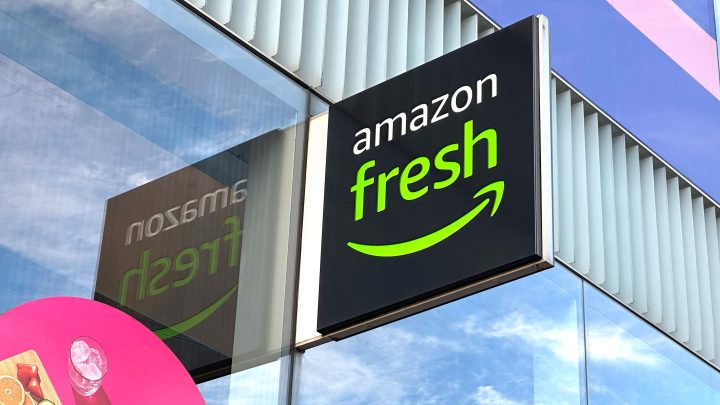
Amazon makes a bigger bet on consumer appetite for grocery delivery
Amazon makes a bigger bet on consumer appetite for grocery delivery

Amazon announced this week it’s testing out a new grocery subscription for Prime members in a few U.S. cities. For $9.99 a month — on top of a Prime membership — shoppers in Denver, Colorado, Sacramento, California and Columbus, Ohio can get unlimited free grocery delivery from either Amazon Fresh or Whole Foods, if they spend more than $35 on the order.
It’s the latest in a series of changes the company has made to its fresh food business model, as it tries to take a bigger bite out of the $800 billion dollar-a-year grocery market.
Amazon has been in the grocery game since 2007. But it really stepped up efforts in recent years, buying Whole Foods in 2017 and opening Amazon Fresh stores in 2020.
“They want to be ‘The Everything Store,’ and you can’t be ‘The Everything Store’ if you don’t sell the goods that people buy most frequently; someplace that you’ll turn, maybe every single day,” said Jason Del Rey, the author of “Winner Sells All: Amazon, Walmart and the Battle for our Wallets.”
He says on the grocery front, Amazon does not have the upper hand.
“It kind of sounds like a hot mess,” he said.
And not the delicious kind. The company has opened and then closed brick and mortar stores, switched around the order size that qualifies for free deliveries, and offered groceries for a fee to non-Prime members.
“And yet here we are at the end of 2023 and they’re really still searching,” Del Rey said.
Amazon’s share of the total grocery market is in the single digits. But buying food online did get supercharged by the pandemic, says Jake Dollarhide, CEO of Longbow Asset Management, who’s still in the habit.
“I placed an order to have some blackberries and blueberries and meat delivered here to our home, and it is a game changer,” he said.
But Dollarhide ordered from Walmart, which leads both online orders and the entire grocery market in the U.S.
“I mean, Walmart is going to own the value proposition every day of the week, twice on Sunday,” he said.
While Amazon, like Walmart, has the benefit of scale, it doesn’t at the moment have thousands of local stores. And it’s hard to make it in the grocery business on deliveries alone, said Phil Lempert, editor of Supermarket Guru. Even Instacart relies on advertising in its app to stay afloat.
“Consumers, for the most part, are not willing to pay the price for delivery,” he said. “Nobody makes money on it. It’s more of a convenience, it’s more of a way to build a relationship with people.”
He says typical grocery margins are just 1.5%, so it takes a very successful grocery business to maintain a semi-successful delivery business.
There’s a lot happening in the world. Through it all, Marketplace is here for you.
You rely on Marketplace to break down the world’s events and tell you how it affects you in a fact-based, approachable way. We rely on your financial support to keep making that possible.
Your donation today powers the independent journalism that you rely on. For just $5/month, you can help sustain Marketplace so we can keep reporting on the things that matter to you.

















